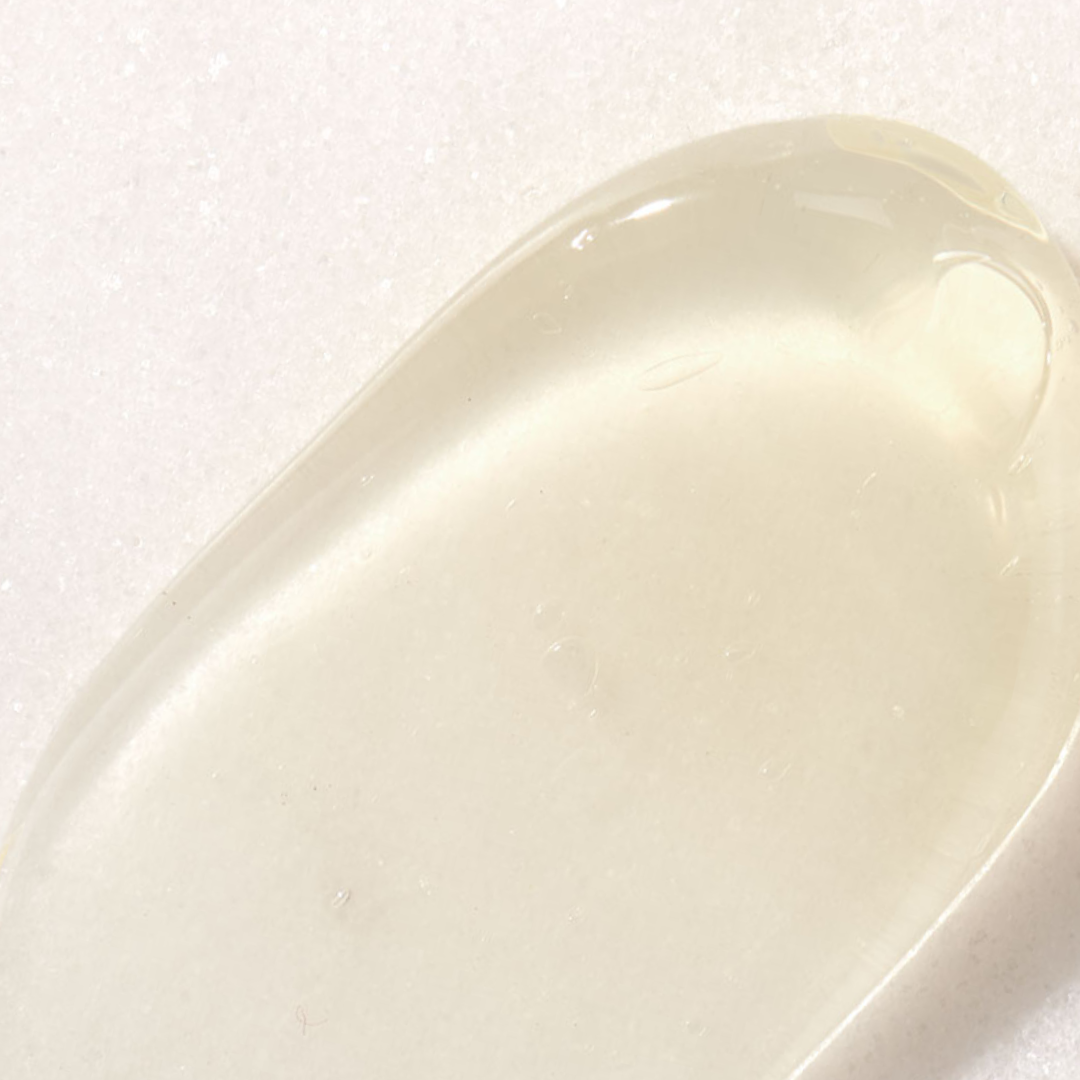Peptides exist in every cell of your body, making them a natural component of your skin. It makes sense that something so prevalent would hold a special place in the firmament of skincare ingredients. The last couple of years have seen a big uptick in the number of peptide products on the market, but all that buzz doesn’t really answer the key questions: what are peptides, how do they work, and are they a good fit for my skin needs?
Peptides are short chains of amino acids—the building blocks that make up proteins throughout your body, including the collagen and keratin abundant in skin. They play an essential role in your body’s ability to repair itself and develop new tissue. On the whole, peptides help restore and replenish your skin, making them a good choice for virtually any skin type and concern.
However, peptides aren’t a monolith. Each one contains somewhere between two and twenty amino acids. That’s a big range that produces lots of different combinations, resulting hundreds of distinct peptides with vastly different functions—some have soothing properties, some inhibit the enzymes that break down collagen, and some smooth out wrinkles. Each one is unique.
The three peptides I chose to showcase as star ingredients in my Performance Cream really highlight this diversity. The formula features a form of acetyl hexapeptide-51, which has shown remarkable restorative abilities and helps diminish the damage caused by environmental stress and UV exposure. It also contains acetyl octapeptide-3, a chain of 8 amino acids that has shown great moisture-binding abilities for bouncy, hydrated skin. These two peptides behave very differently and achieve different results.
The last peptide in the formula shows great promise in emerging research, but is somewhat mischaracterized in a lot of product descriptions. Acetyl hexapeptide-8 lessens fine lines and wrinkles for smoother, healthy-looking skin. What’s not to like about that? The issue lies with some of the marketing around this peptide, which highlights its chemical similarities to parts of the Botox protein. I’m not a fan of that comparison. It’s important to remember that absorption and injection are two very different processes, and the results from using a peptide serum or cream and getting Botox will differ wildly. Conflating the two is a recipe for disappointment. As with any part of a home-care skin routine, I like to keep expectations realistic.
Despite being a naturally occurring component of your skin, peptides aren’t a major player in all-natural cosmetics. This is because the enzyme-rich environment on your skin’s surface can break the peptides down before they have a chance to fully absorb, rendering them ineffective. To help improve stability on skin’s surface, most peptides used in skincare are synthetic. I see no problem with this. Progress in cosmetic chemistry has made it possible for us to gain the benefits of both plant ingredients (like beautifully silky omega-rich oils and antioxidant extracts) along with the most scientifically engineered ingredients that allow for unparalleled potency and consistency. Using peptides in a formula with green tea and olive extract is truly the pinnacle of this holistic attitude towards skincare formulation.
XO,
Jordan




